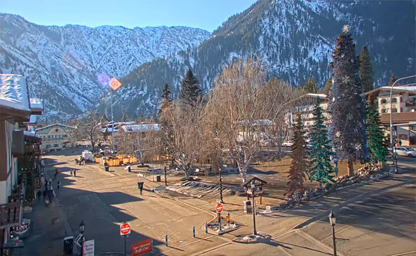
Kris Kringl
The Pacific Northwest's premier Christmas shop in the Bavarian Village

The Pacific Northwest's premier Christmas shop in the Bavarian Village
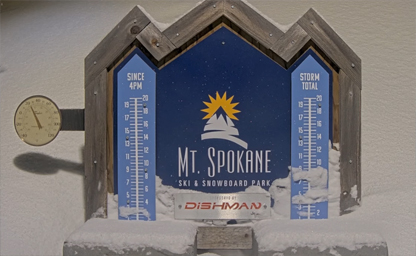
Situated at Lodge 2, the snow stake is your tool to planning your day on the slopes
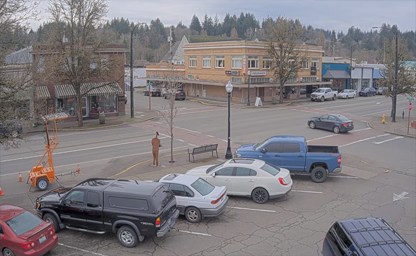
Shelton is the westernmost city on Puget Sound
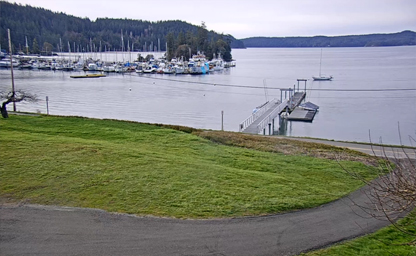
Located on its waterfront property in West Sound
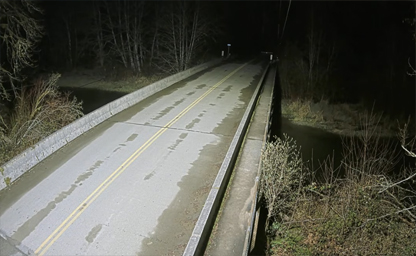
Schafer State Park Bridge road condition, looking North
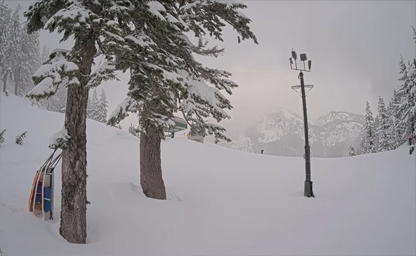
Situated between the top of Armstrong Express and the bottom of Edelweiss Chair at the Pettigrew Building
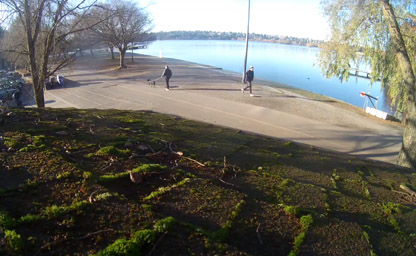
See what the beautiful Green Lake path looks like in real time
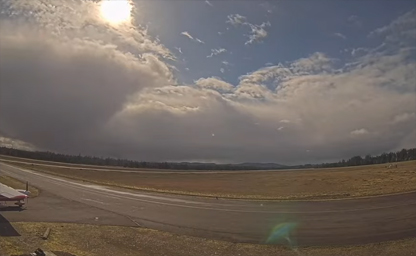
One of the most beautiful natural areas in the Pacific Northwest
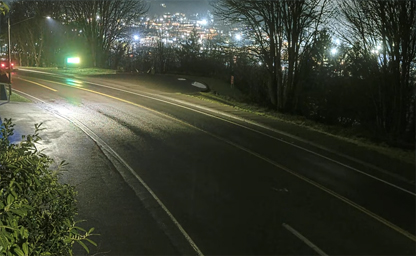
Hillcrest road condition, looking North
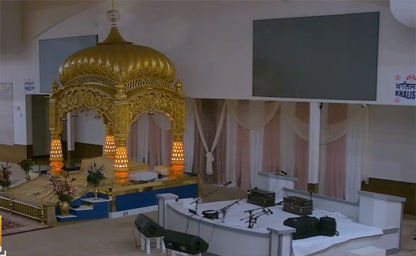
Watch ceremonies or just enjoy the spiritual feeling in the Gurudwara
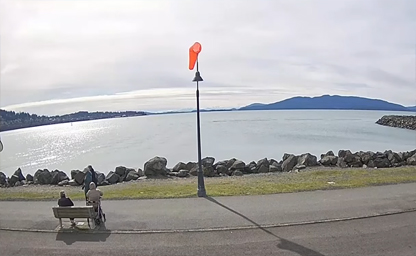
It is separated from the Strait of Georgia on the west by the Lummi Peninsula
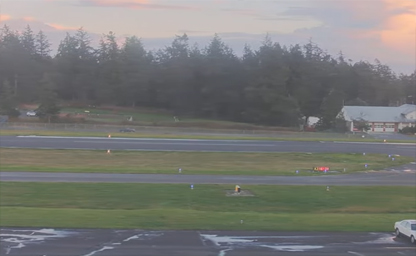
Situated in the San Juan Islands at the northwest corner of Washington State
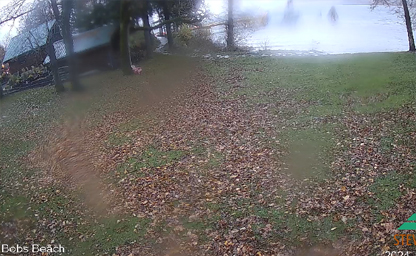
Situated conveniently in downtown Stevenson
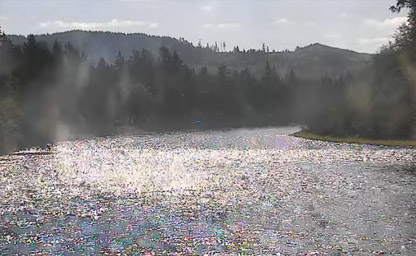
One of the most significant waterways in Washington State
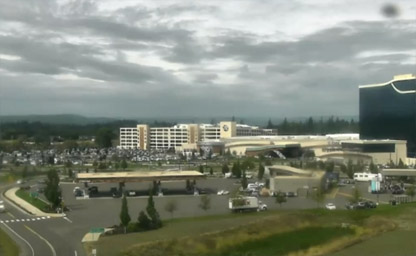
Situated north of Portland in Ridgefield, Washington
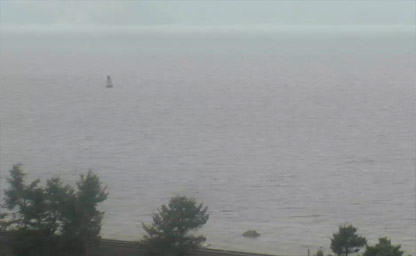
It’s a port for ferries to Alaska
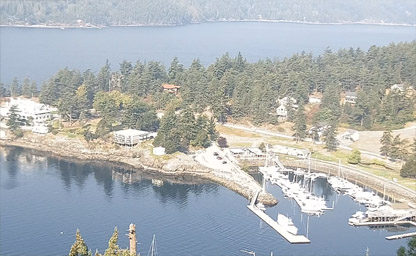
The Rosario Marina is situated on tranquil Cascade Bay
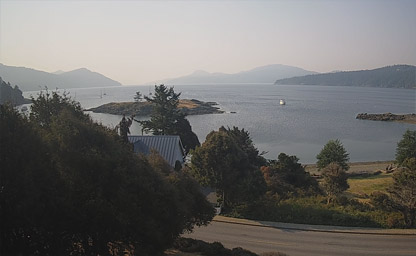
An unincorporated community on Orcas Island
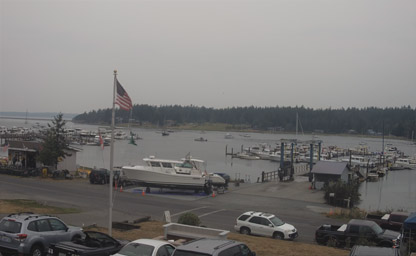
The first marina on the left as you cruise into Fisherman Bay
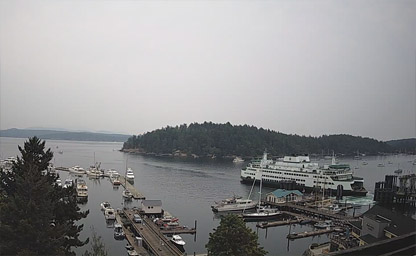
Located at the base of Spring St.
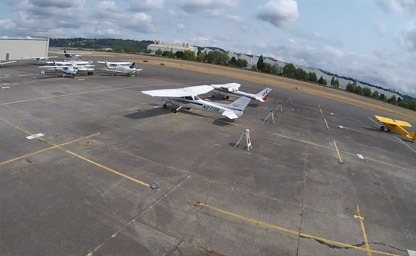
Renton Municipal Airport is a public use airport
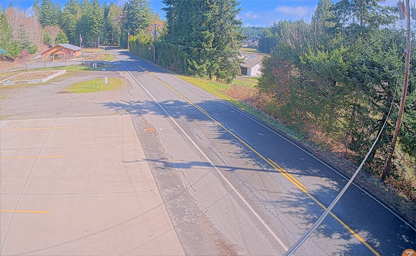
Situated at 14880 NE North Shore Road Tahuya
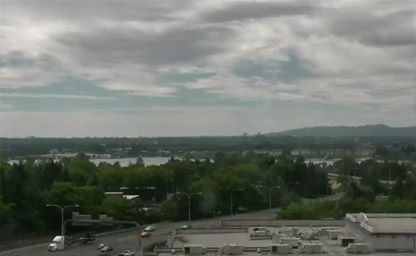
Part of the Fort Vancouver Regional Library District
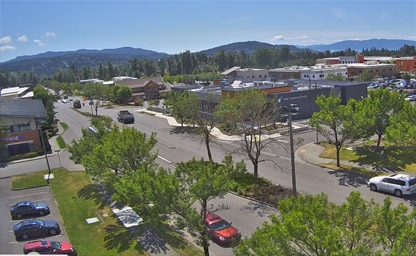
A coastal city in Washington State, near the Canadian border
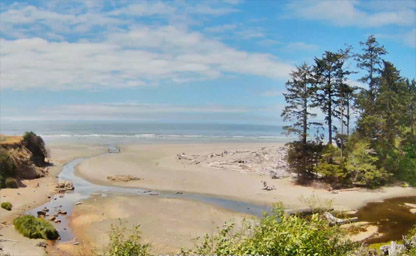
On Washington's Olympic Peninsula in the Pacific Northwest
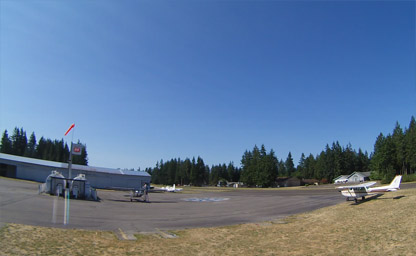
Located from Pierce County Airport - Thun Field KPLU
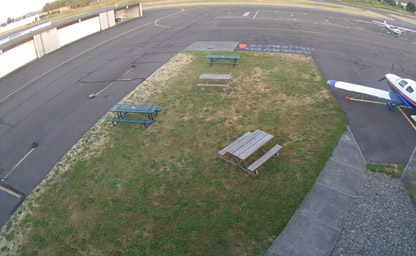
A suburb in the Seattle metropolitan area
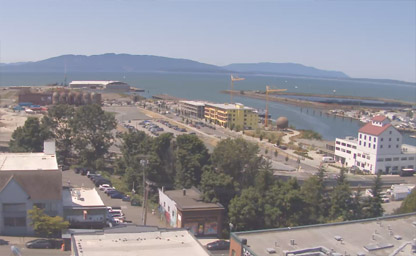
A amazing bay of the Salish Sea situated in Washington State
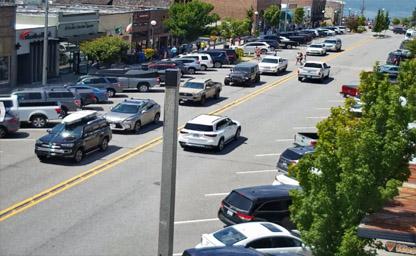
Where the lake flows into the Chelan River
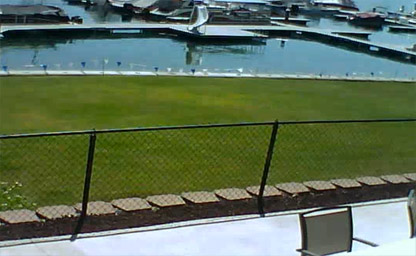
A narrow, 50.5 mi long lake in Chelan County
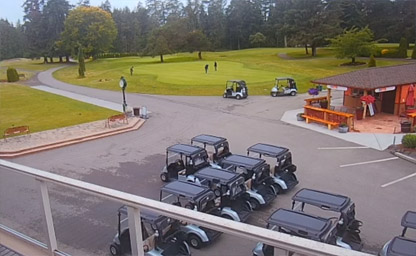
A city in Clallam County, Washington
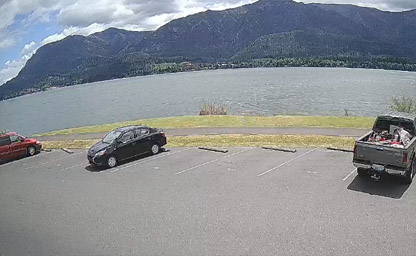
A city in the Columbia River Gorge National Scenic Area
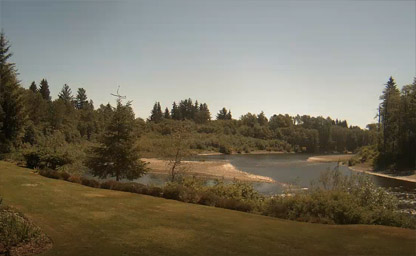
Situated between the Pacific Ocean beaches and the Olympic mountains
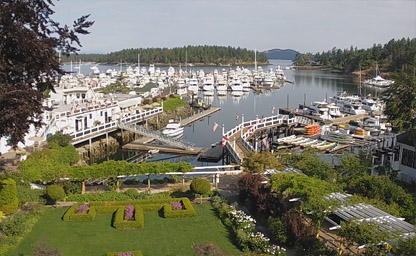
A sheltered harbor on the northwest side of San Juan Island
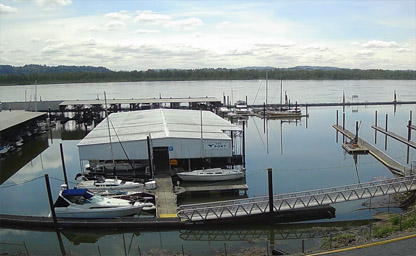
Situated in Clark County in the state of Washington
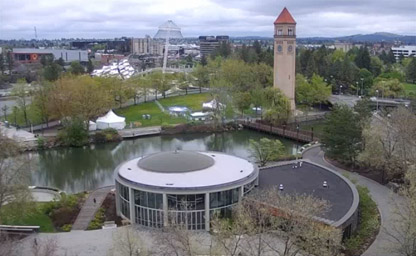
Enjoy the beautiful Riverfront in downtown Spokane
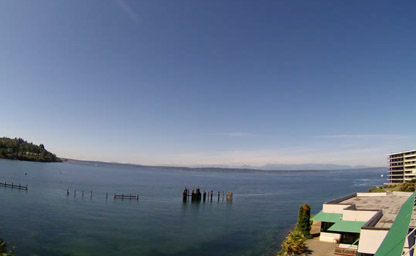
Seattle area lodge of the Benevolent & Protective Order of Elks

Our facility is the answer to you and your dogs dreams
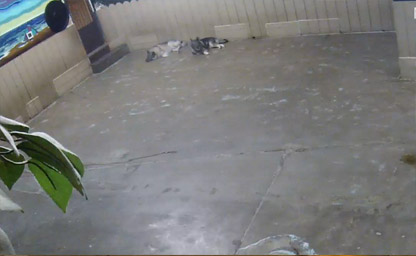
Creatively designed our facility with ultimate doggie pleasure in mind
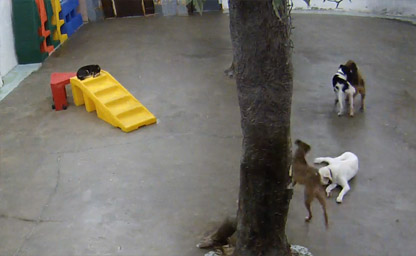
Local theatrical set builders, hired to transform our 8,000 square foot warehouse
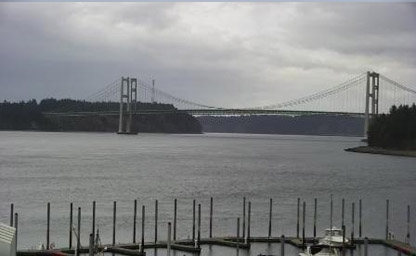
Ideally located along the saltwater banks of Puget Sound
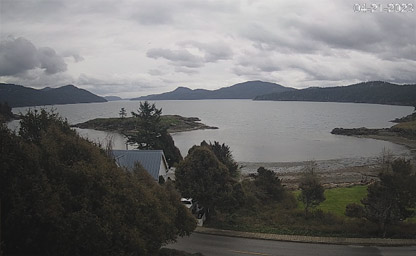
On the northwestern corner of San Juan County
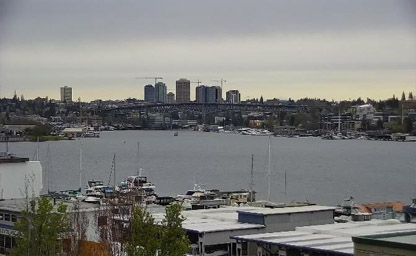
It is a major part of the Lake Washington Ship Canal
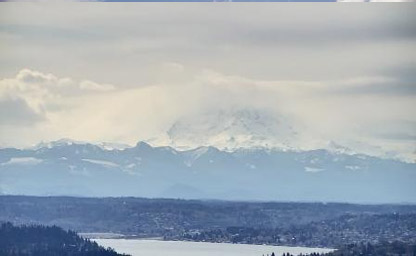
It is centrally situated near downtown
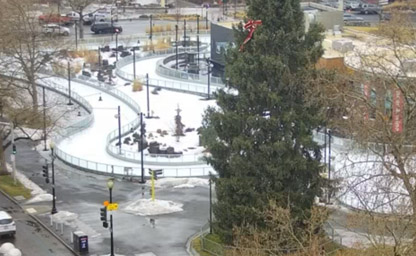
Located at Riverfront Park's Numerica Skate Ribbon
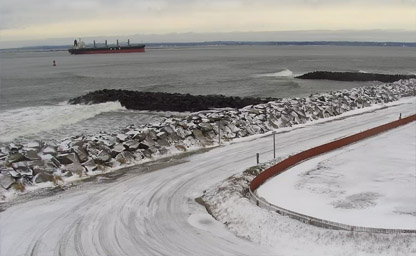
Views from the Groins, Westport Marina, Grays Harbor, and the Cove
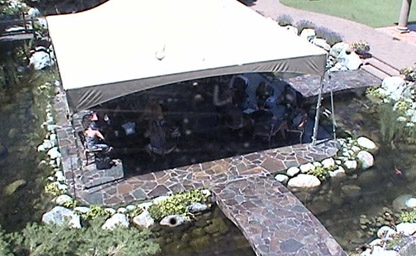
Situated on the South Shore of Lake Chelan
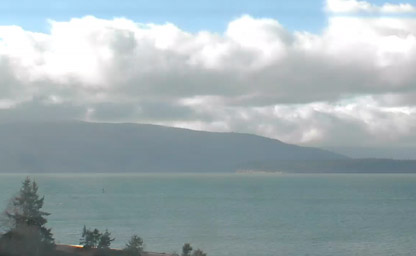
Weather conditions west of Post Point on Bellingham Bay
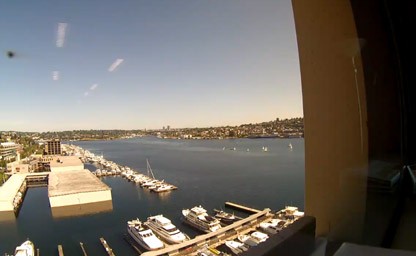
Located in the AGC Building just north of downtown
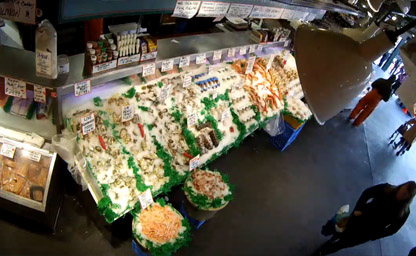
The famous Seattle fish market located in Pike Place Market
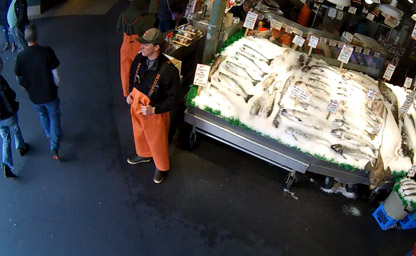
Popular market stall selling fresh fish for decades
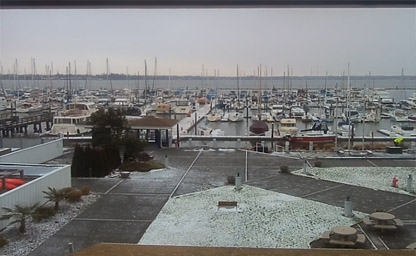
Located near the entrance on the N shore of Drayton Harbor
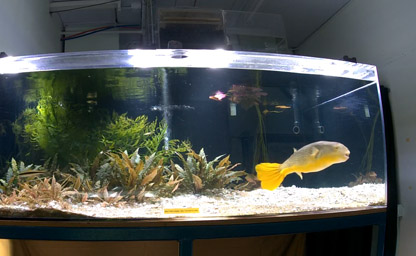
A beautiful city in Snohomish County, Washington, United States
IpLiveCams offer an incredible way to experience the Evergreen State’s stunning natural beauty, vibrant cities, and iconic landmarks. From the rugged coastline to the towering peaks of the Cascade Mountains, these webcams capture the essence of Washington’s diverse and breathtaking landscapes.
Nature enthusiasts can enjoy live feeds from locations like Mount Rainier National Park, Olympic National Park, and the North Cascades. These cameras showcase majestic mountains, lush rainforests, and serene alpine lakes, providing a virtual escape into Washington’s unparalleled wilderness.
Coastal webcams along the Pacific Ocean and Puget Sound offer mesmerizing views of rocky shorelines, bustling harbors, and tranquil beaches. Popular spots like the San Juan Islands and Long Beach provide captivating glimpses of the state’s maritime beauty.
Urban-focused cameras in cities such as Seattle, Tacoma, and Spokane highlight Washington’s vibrant culture and dynamic energy. Viewers can enjoy live views of iconic landmarks like the Space Needle, Pike Place Market, and waterfront areas, as well as glimpses of festivals and city life.
Seasonal changes in Washington add to the appeal of its live cameras, with blooming cherry blossoms in spring, sunny summer days, vibrant autumn foliage, and snow-covered mountains in winter. Each season offers a unique perspective on the state’s natural and urban beauty.
Whether you’re planning an adventure, exploring Washington’s iconic sights, or simply soaking in its scenic landscapes from afar, live streaming cameras provide an engaging and immersive way to connect with the beauty and spirit of the state.
Washington State's history is a rich tapestry of Indigenous heritage, European exploration, and transformative growth. Long before European settlers arrived, the region was home to diverse Native American tribes, including the Coast Salish, Makah, and Spokane peoples. These tribes thrived along the Puget Sound, Columbia River, and Cascade Mountains, developing complex societies that relied on fishing, hunting, and trade. The enduring cultural legacy of these tribes is evident in modern Washington, from place names to ongoing tribal governance and cultural preservation efforts.
European exploration began in the late 18th century, when Spanish and British explorers sought to chart the Pacific Northwest. Captain George Vancouver’s expedition in 1792 extensively mapped the Puget Sound, naming landmarks such as Mount Rainier and the Strait of Juan de Fuca. The Lewis and Clark Expedition, commissioned by President Thomas Jefferson, further explored the Columbia River Basin in the early 1800s, solidifying U.S. interest in the region.
The establishment of fur trading posts, such as Fort Vancouver in 1824 by the Hudson’s Bay Company, marked the start of European settlement. This trade brought economic activity but also introduced diseases that decimated Indigenous populations. By the mid-19th century, settlers drawn by the promise of fertile land began arriving via the Oregon Trail, significantly altering the region’s demographics.
The Oregon Treaty of 1846 established the 49th parallel as the U.S.-Canada border, resolving territorial disputes with Britain and incorporating the area into the United States. Washington Territory was officially established in 1853, named in honor of George Washington. The territory experienced rapid growth during the mid-19th century, fueled by the logging industry, agriculture, and the arrival of railroads.
Statehood came in 1889, making Washington the 42nd state in the Union. The late 19th and early 20th centuries saw an economic boom, particularly in Seattle, Spokane, and Tacoma. Industries such as shipbuilding, timber, and mining thrived, while the construction of the Grand Coulee Dam during the 1930s brought electricity and irrigation to the region, transforming its agricultural landscape.
World War II ushered in another era of growth as Washington became a center for military and industrial activity. The Boeing Company, based in Seattle, played a pivotal role in aircraft production, cementing the state's reputation as a hub for innovation. The post-war period also saw the rise of the technology sector, with companies like Microsoft and Amazon transforming the Seattle area into a global tech powerhouse.
Washington State's history is preserved in numerous landmarks and museums, from the historic town of Port Townsend to the Klondike Gold Rush National Historical Park in Seattle. The state’s vibrant cultural heritage and pioneering spirit continue to attract visitors and new residents alike.
Washington State’s climate is remarkably diverse, shaped by its varied geography and the influence of the Pacific Ocean. The state is divided into distinct climatic regions, including the wet coastal areas, temperate Puget Sound lowlands, and arid eastern plains.
The western part of the state, particularly the Olympic Peninsula and areas around Seattle, experiences a maritime climate characterized by mild, wet winters and cool, dry summers. Average winter temperatures in this region range from the mid-30s to low 50s°F, while summer highs typically stay between 70 and 80°F. The Olympic Rainforest, one of the few temperate rainforests in the world, receives an astounding 140 inches of annual rainfall, supporting lush vegetation and unique ecosystems.
In the Puget Sound region, including cities like Seattle, Tacoma, and Bellevue, rainfall is more moderate but frequent. The area is famous for its cloudy days, particularly during the fall and winter months. However, the summers are typically sunny and pleasant, making it a popular time for outdoor activities such as hiking and boating.
East of the Cascade Mountains, the climate changes dramatically. This region falls into the rain shadow of the mountains, resulting in much drier conditions. Cities like Spokane, Yakima, and Walla Walla experience a semi-arid climate with hot summers and cold winters. Summer highs often reach the mid-80s to 90s°F, while winter temperatures can drop below freezing. Snowfall is common in eastern Washington, particularly in higher elevations and mountainous areas.
Mount Rainier and the Cascade Range introduce alpine conditions, with heavy snowfall during the winter months. Ski resorts like Crystal Mountain and Stevens Pass benefit from these snowy conditions, attracting winter sports enthusiasts from across the country.
The diversity of Washington’s climate allows for year-round recreational opportunities. From the snowy peaks of the Cascades to the sun-drenched vineyards of the Yakima Valley, the state offers a little something for everyone, regardless of the season.
Washington State’s geography is one of its defining features, offering a stunning array of landscapes that range from rugged coastlines to soaring mountain peaks. The state covers approximately 71,300 square miles, making it the 18th largest state in the U.S. Its diverse topography can be divided into several distinct regions.
The Olympic Peninsula, located in the northwest corner of the state, is home to the Olympic Mountains and Olympic National Park, a UNESCO World Heritage Site. This area boasts dense rainforests, such as the Hoh Rainforest, pristine beaches along the Pacific Ocean, and glacial peaks like Mount Olympus. The peninsula is a haven for hikers, wildlife enthusiasts, and photographers seeking dramatic natural beauty.
The Puget Sound lowlands stretch from Olympia to Bellingham, encompassing major cities like Seattle and Tacoma. This region features rolling hills, fertile farmland, and an intricate system of waterways, including bays, inlets, and islands. The San Juan Islands, a popular destination within the Puget Sound, offer serene landscapes and abundant marine life, including orcas and seals.
The Cascade Range runs north to south through the state, dividing western Washington from the drier eastern region. The range is home to iconic peaks such as Mount Rainier, Mount St. Helens, and Mount Baker. Mount Rainier, a stratovolcano and the tallest peak in the state, dominates the skyline and serves as a focal point for mountaineers and outdoor adventurers. Mount St. Helens, infamous for its 1980 eruption, offers a stark and fascinating landscape of recovery and resilience.
Eastern Washington features a contrasting landscape of rolling hills, vast plains, and fertile valleys. The Columbia River, the state’s largest river, cuts through this region, providing water for agriculture and hydroelectric power. The Palouse region is particularly notable for its undulating hills and wheat fields, while the Yakima Valley is a major center for wine production and fruit farming.
Washington is also home to several significant rivers and lakes, including the Snake River, Lake Chelan, and Lake Washington. The state’s coastline along the Pacific Ocean features rugged cliffs, sandy beaches, and bustling ports like Aberdeen and Grays Harbor.
For an unforgettable experience, consider hiking the Enchantments in the Alpine Lakes Wilderness. This challenging but rewarding trail showcases some of Washington's most breathtaking alpine scenery, including crystal-clear lakes, jagged peaks, and abundant wildlife.
An interesting fact about Washington is that it’s the only state named after a U.S. president. Its nickname, the "Evergreen State," reflects the abundance of coniferous forests that remain green throughout the year, a testament to the state’s natural beauty and diverse ecosystems.